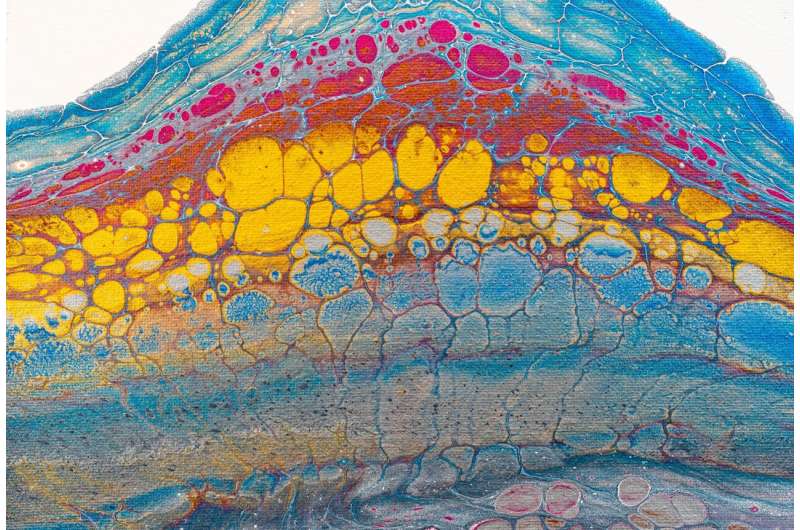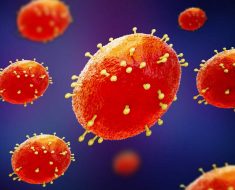
Tumors send out signals that impair normal blood flow, which makes them hard to treat with every type of cancer treatment, including radiation and chemo-, targeted and immunotherapy. Impaired blood supply creates an environment low in oxygen levels—hypoxia—that causes the tumors to take on aggressive characteristics and become immuno-suppressed. To address this challenge, a team led by researchers at Massachusetts General Hospital (MGH) developed two approaches to repair tumor blood vessels and improve their function. Also, by devising a method to assess the effects of these approaches and testing it in a study published in Clinical Cancer Research, a journal of the American Association for Cancer Research, the investigators found that each approach may help to restore blood flow to enhance chemotherapy’s access to cancer cells and alleviate hypoxia, and combining them may be especially effective.
The scientists’ assessment method involves measuring oxygen levels as an indicator of the extent of hypoxia and abnormal blood flow within tumors. “This study reports the development and application of a novel microscopy system with unique characteristics,” says senior author Rakesh K. Jain, Ph.D., director of the E.L. Steele Laboratories for Tumor Biology at MGH and the Andrew Werk Cook Professor of Radiation Oncology at Harvard Medical School.
“First, this system is capable of imaging oxygen concentration both within cells and throughout large volumes of tumor tissue in relation to blood vessels, which carry the oxygen. Second, this system can image oxygen concentration in tumor tissues over time so that changes in oxygenation can be observed during therapy.”
Jain and his colleagues used their microscopy system to examine the effects of their two approaches to repair tumor blood vessel abnormalities that reduce blood flow: one using an antiangiogenic therapy that targets a pathway affecting blood vessel formation and a second that involves what are called angiotensin system inhibitors, which can alleviate the compressive forces generated by growing tumors that collapse tumor blood vessels. Losartan, a drug approved to treat high blood pressure, is an example of an angiotensin system inhibitor.
“Our microscopy analyses revealed that although each approach alleviated hypoxia in tumors, the effects were mixed—for example, having different results depending on the tumor type and dose,” says co–lead author John D. Martin, Ph.D., who was a Ph.D. student in the Steele Labs during this study and is now a research scientist at Nanocarrier Co., Ltd. in Tokyo. Complementary blood vessel changes in response to the two approaches suggest the potential of combining them to create a more powerful effect.
“Understanding hypoxia in tumors—and how antiangiogenic therapy and losartan affect hypoxia—has implications for disease progression and treatment resistance,” says co–lead author Ryan Lanning, MD, Ph.D., who was a Ph.D. student in the Steele Labs during this study and is now an assistant professor at the University of Colorado School of Medicine.
Source: Read Full Article





